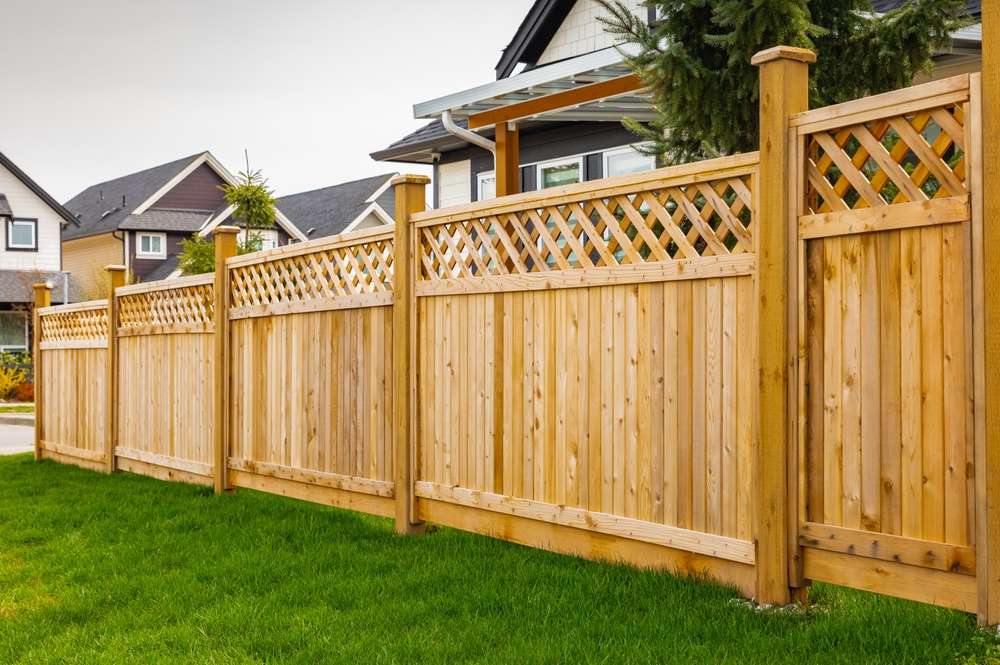Wooden Garden Fences: The Ultimate Guide to Privacy, Security, and Curb Appeal
Wooden fences have long been a cornerstone of residential landscaping, offering homeowners a perfect blend of functionality and aesthetic charm. Whether you're looking to create a private outdoor sanctuary, enhance your property's security, or simply elevate your home's exterior appearance, a well-chosen wooden fence can transform your garden space and provide numerous practical benefits.

Why Choose Wood? The Top Benefits of Wooden Garden Fences
Wooden fences stand out as a superior choice for homeowners seeking a versatile and attractive property boundary. They offer exceptional privacy, creating a natural barrier that shields your outdoor living space from prying eyes. Beyond privacy, wooden fences provide critical security benefits, deterring potential intruders and clearly defining your property lines. Additionally, they dramatically enhance curb appeal, adding a warm, natural aesthetic that complements virtually any architectural style.
Selecting the Perfect Wood: Cedar, Pine, and Redwood Compared
Different wood types offer unique advantages for garden fencing. Cedar is renowned for its natural resistance to rot and insects, making it an excellent long-term investment. Pine provides a more affordable option, though it requires more maintenance. Redwood offers superior durability and a beautiful rich color but comes at a higher price point. Each wood type has distinct characteristics:
-
Cedar: Naturally resistant, lightweight, minimal warping
-
Pine: Cost-effective, widely available, requires more treatment
-
Redwood: Extremely durable, beautiful color, highest cost
Choosing Your Fence Style: Picket, Split Rail, and Board-on-Board Options
The right fence style can dramatically impact your garden’s look and functionality. Picket fences offer a classic, charming appearance perfect for traditional homes. Split rail fences provide a more rustic, open feel ideal for larger properties. Board-on-board styles deliver maximum privacy with an elegant, layered look that adds depth to your property’s exterior.
Maintenance Secrets: Protecting Your Wooden Fence Investment
Proper maintenance is crucial to extending your fence’s lifespan. Regular staining and sealing protect against moisture, UV damage, and wood decay. Annual inspections help identify and repair minor issues before they become major problems. Key maintenance tips include:
-
Apply water-resistant sealant every 2-3 years
-
Clean the fence annually with mild soap and water
-
Repair loose or damaged boards promptly
-
Check for signs of rot or insect damage
Trending Wooden Fence Designs for 2025: Modern Meets Rustic
Contemporary fence designs are blending traditional craftsmanship with modern aesthetics. Horizontal slat designs, mixed-material approaches, and minimalist styles are gaining popularity. Homeowners are increasingly seeking fences that serve multiple purposes – providing privacy, security, and a striking visual element to their outdoor spaces.
Understanding Wooden Fence Costs and Installation
| Fence Type | Average Cost per Linear Foot | Installation Complexity |
|---|---|---|
| Pine Fence | $10-$15 | Moderate |
| Cedar Fence | $15-$25 | Moderate to High |
| Redwood Fence | $25-$35 | High |
Prices, rates, or cost estimates mentioned in this article are based on the latest available information but may change over time. Independent research is advised before making financial decisions.
Wooden garden fences represent more than just a property boundary – they’re an investment in your home’s security, privacy, and aesthetic appeal. By carefully selecting the right wood, style, and maintaining your fence properly, you can create a beautiful and functional addition to your outdoor space that will serve you for years to come.




